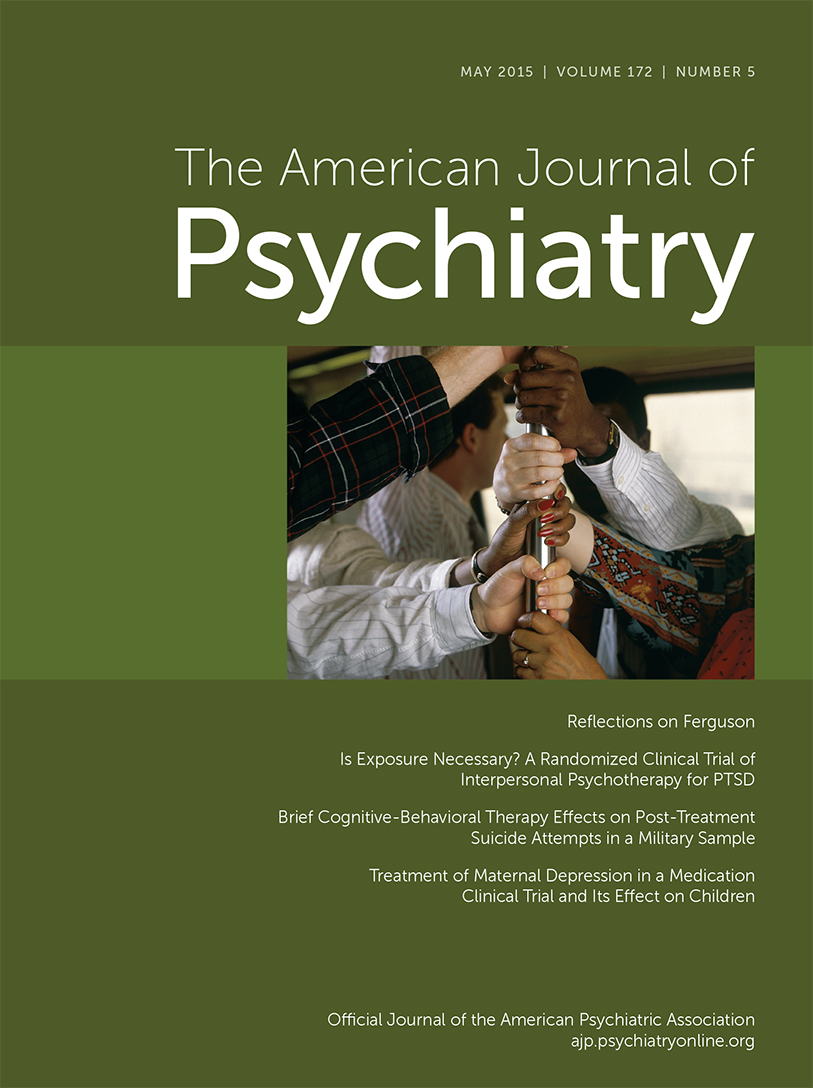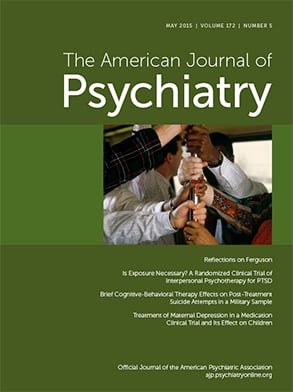Narcissistic Personality Disorder: Diagnostic and Clinical Challenges
Definition and Diagnostic Challenges
| A pervasive pattern of grandiosity (in fantasy or behavior), need for admiration, and lack of empathy, beginning by early adulthood and present in a variety of contexts, as indicated by five (or more) of the following: |
|---|
| 1. Has a grandiose sense of self-importance (e.g., exaggerates achievements and talents, expects to be recognized as superior without commensurate achievements). |
| 2. Is preoccupied with fantasies of unlimited success, power, brilliance, beauty, or ideal love. |
| 3. Believes that he or she is “special” and unique and can only be understood by or should associate with, other special or high-status people (or institutions). |
| 4. Requires excessive admiration. |
| 5. Has a sense of entitlement (i.e., unreasonable expectation of especially favorable treatment or automatic compliance with his or her expectations). |
| 6. Is interpersonally exploitative (i.e., takes advantage of others to achieve his or her own ends). |
| 7. Lacks empathy: is unwilling to recognize or identify with the feelings and needs of others. |
| 8. Is often envious of others or believes that others are envious of him or her. |
| 9. Shows arrogant, haughty behaviors and attitudes. |
Subtypes and Core Psychological Features
| A. Moderate or greater impairment in personality functioning, manifested by characteristic difficulties in two or more of the following four areas: |
|---|
| 1. Identity: Excessive reference to others for self-definition and self-esteem regulation; exaggerated self-appraisal inflated or deflated, or vacillating between extremes; emotional regulation mirrors fluctuations in self-esteem. |
| 2. Self-direction: Goal setting based on gaining approval from others; personal standards unreasonably high in order to see oneself as exceptional, or too low based on a sense of entitlement; often unaware of own motivations. |
| 3. Empathy: Impaired ability to recognize or identify with the feelings and needs of others; excessively attuned to reactions of others, but only if perceived as relevant to self; over- or underestimate of own effect on others. |
| 4. Intimacy: Relationships largely superficial and exist to serve self-esteem regulation; mutuality constrained by little genuine interest in others’ experiences and predominance of a need for personal gain. |
| B. Both of the following pathological personality traits: |
| 1. Grandiosity (an aspect of Antagonism): Feelings of entitlement, either overt or covert; self-centeredness; firmly holding to the belief that one is better than others; condescension toward others. |
| 2. Attention seeking (an aspect of Antagonism): Excessive attempts to attract and be the focus of the attention of others; admiration seeking. |
Prevalence and Comorbidity
Clinical Presentation and Clinical Challenges
Assessment
Differential Diagnosis
Treatment
Summary and Recommendations
Acknowledgments
References
Information & Authors
Information
Published In
History
Authors
Funding Information
Metrics & Citations
Metrics
Citations
Export Citations
If you have the appropriate software installed, you can download article citation data to the citation manager of your choice. Simply select your manager software from the list below and click Download.
For more information or tips please see 'Downloading to a citation manager' in the Help menu.
View Options
View options
PDF/EPUB
View PDF/EPUBLogin options
Already a subscriber? Access your subscription through your login credentials or your institution for full access to this article.
Personal login Institutional Login Open Athens loginNot a subscriber?
PsychiatryOnline subscription options offer access to the DSM-5-TR® library, books, journals, CME, and patient resources. This all-in-one virtual library provides psychiatrists and mental health professionals with key resources for diagnosis, treatment, research, and professional development.
Need more help? PsychiatryOnline Customer Service may be reached by emailing [email protected] or by calling 800-368-5777 (in the U.S.) or 703-907-7322 (outside the U.S.).

